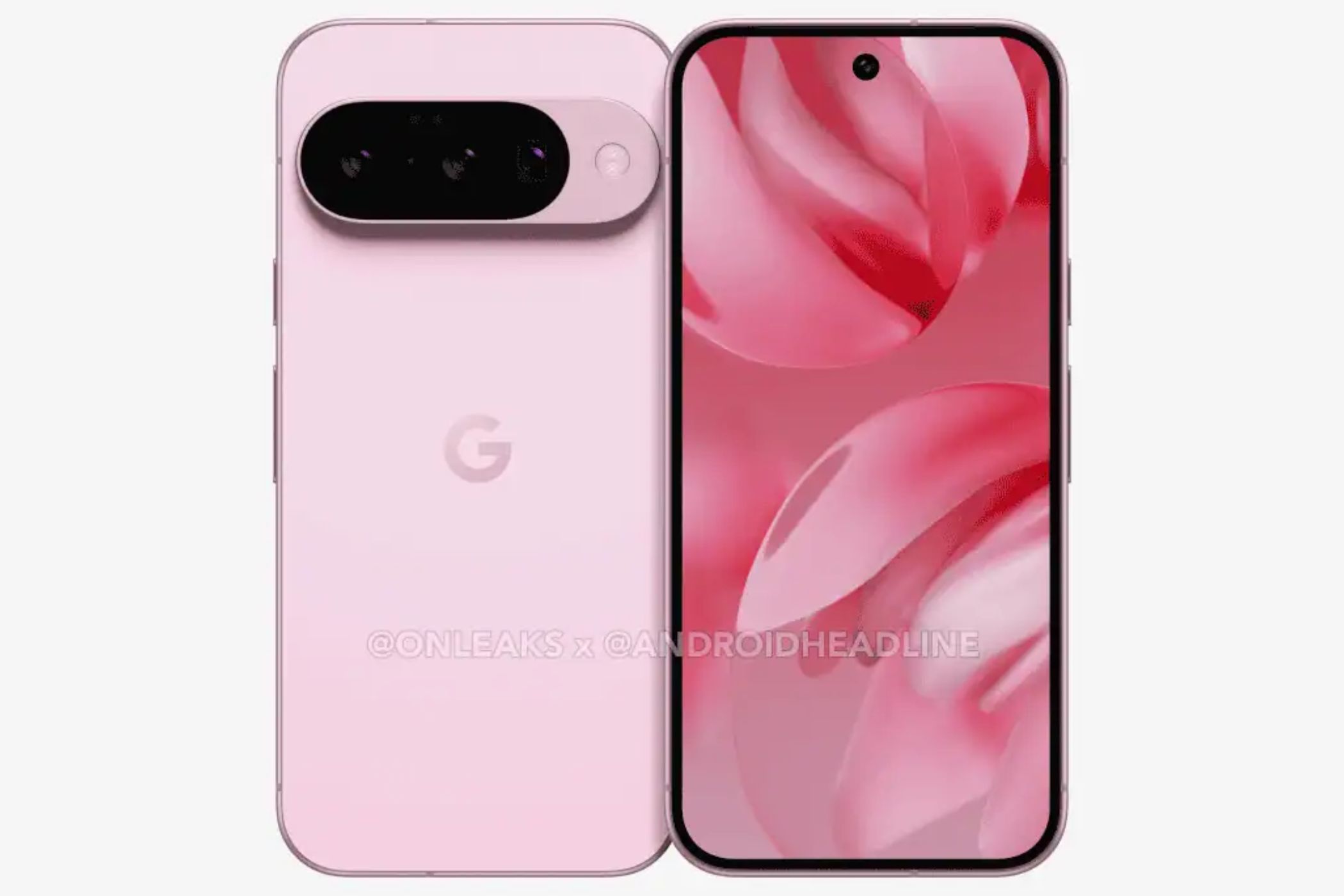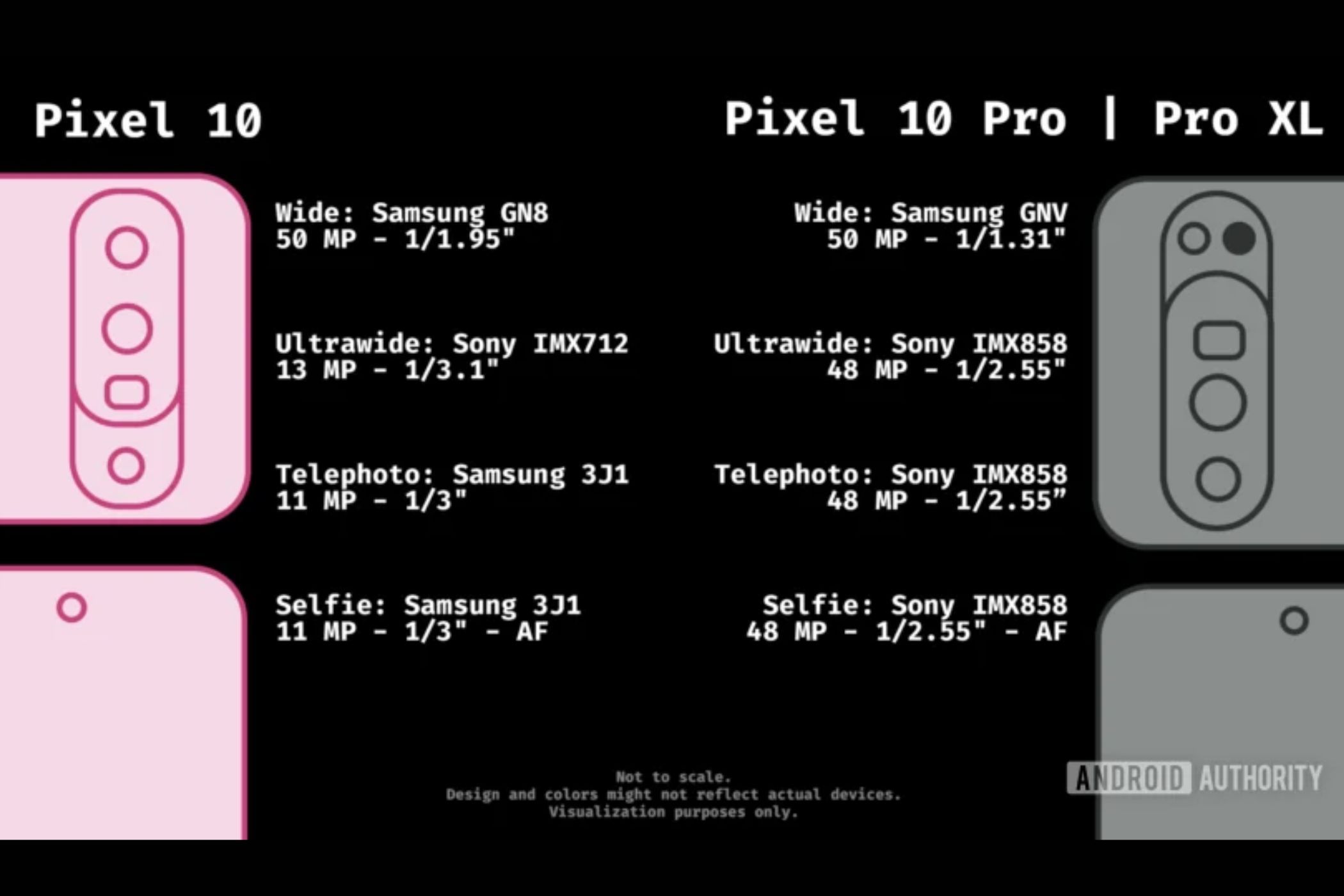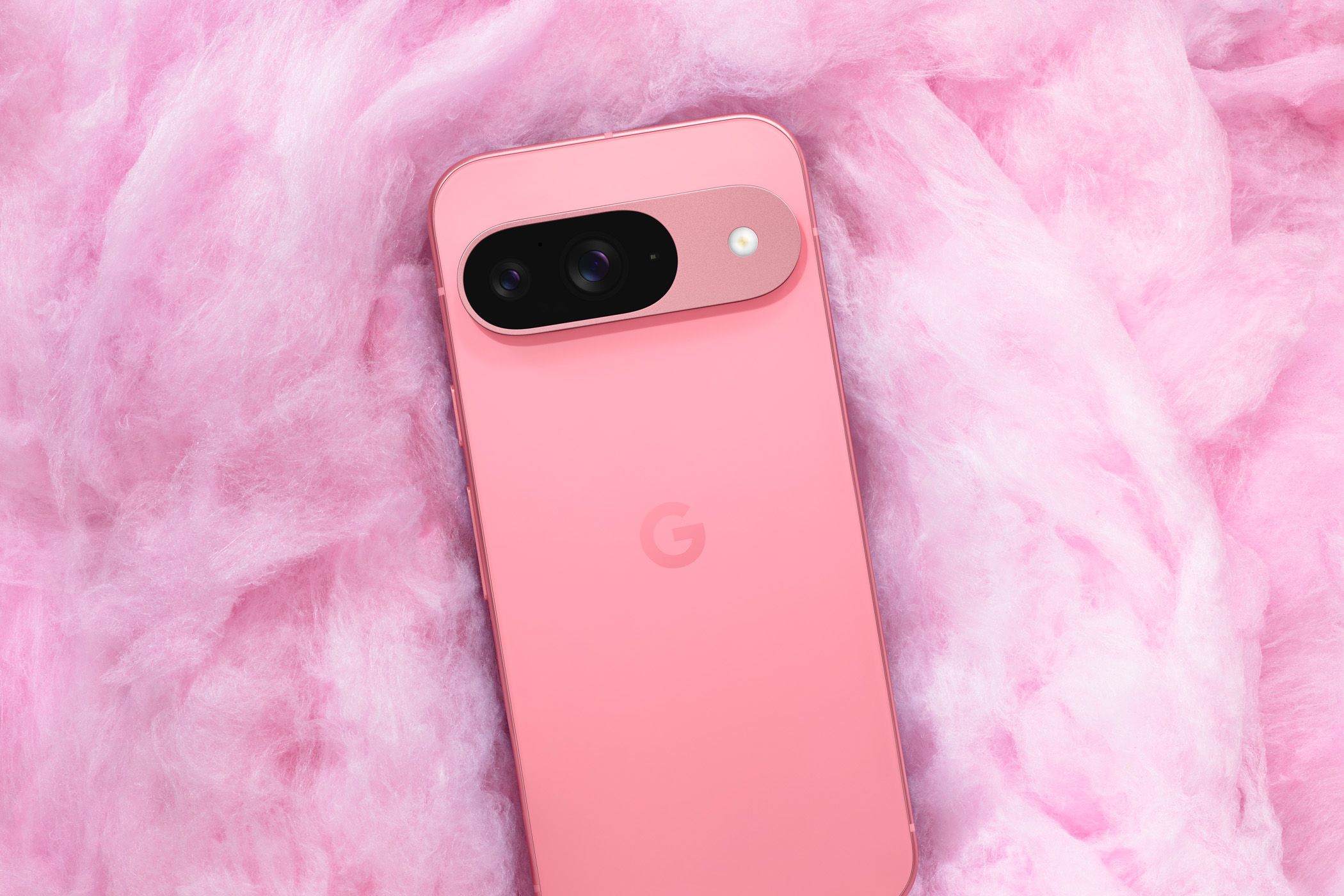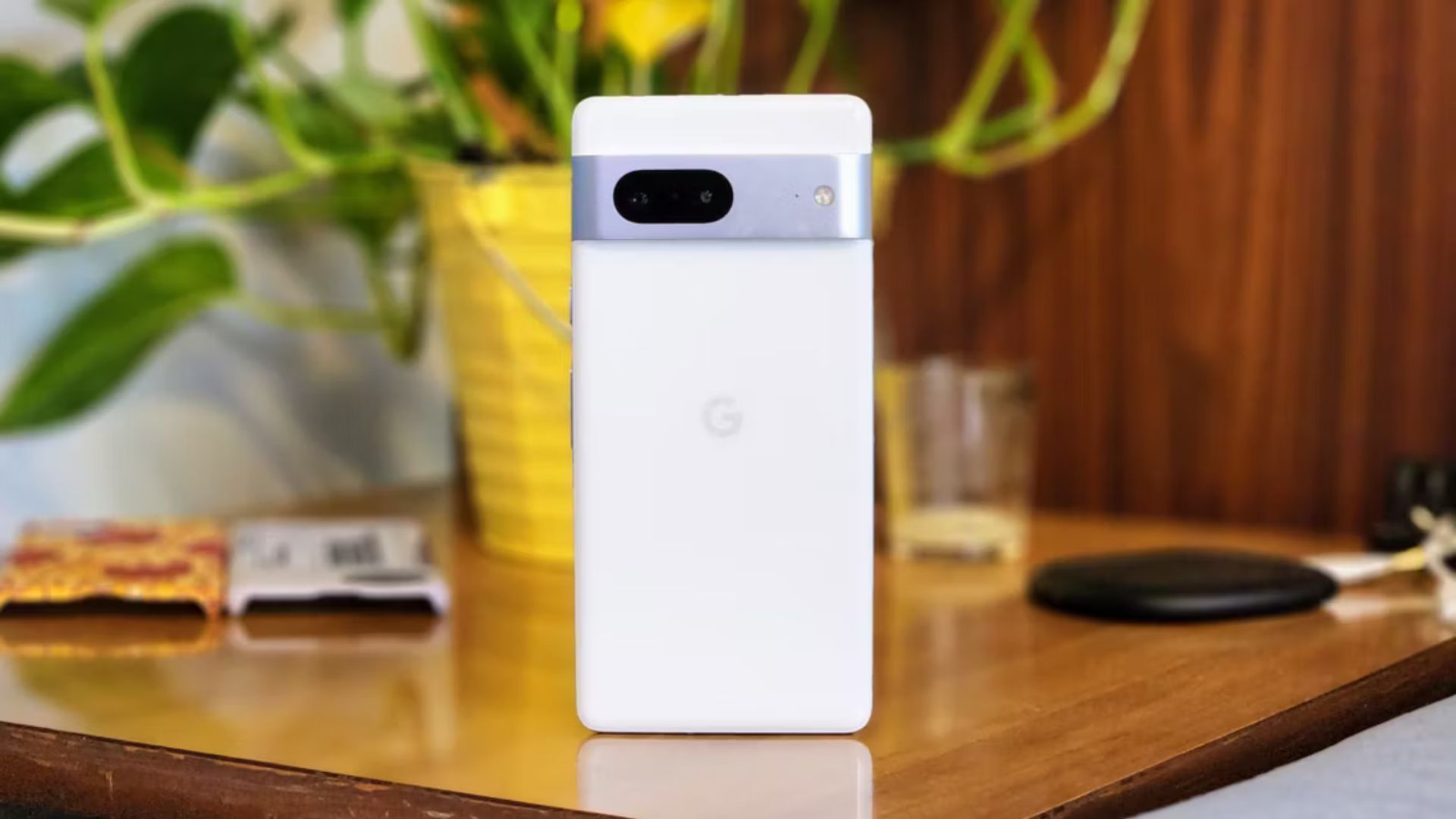I always get a little spark of joy every time a new Pixel leak drops. There’s something special about Google’s approach to smartphones: clean Android, tight integration of AI features, and camera wizardry that often punches above its weight class. So naturally, when we got our first proper look at the renders of the Pixel 10 last month, I was immediately intrigued.
What stood out most wasn’t the design or specs. It was the extra camera sensor on the back of the base Pixel 10. Yes, finally, a vanilla Pixel model with a telephoto lens. That was enough to get the fan in me buzzing. For years, Google kept telephoto reserved for the Pro models. This time, it looked like they were bringing more of the Pro experience to their standard phone.
At that point, we didn’t know much about the exact camera specs. But now, thanks to Android Authority’s latest leak, we do. And while the Pixel 10’s camera setup is certainly different, it’s quite a mixed bag.
Telephoto Finally Comes to the Base Pixel, But at a Price
Let’s start with the good news. The Pixel 10 is getting a dedicated telephoto lens, something never seen before on a base Pixel. That’s a big deal for anyone who loves zoom photography or just wants more framing flexibility. It also suggests that Google is rethinking how it differentiates its regular and Pro devices.
The telephoto sensor in question is the 11MP Samsung 3J1, the same one used in the Pixel 9 Pro Fold. It’s a capable mid-tier lens with decent clarity and autofocus packed into a compact size. But it’s not flagship-level zoom like the 48MP unit in the Pro models. So you’re getting zoom, just not the best possible zoom.
Still, it’s great to see Google pushing boundaries with its base hardware. The problem is, this new addition might be coming at the cost of something more important.
A Tradeoff That Doesn’t Feel Right
While we’re gaining a new zoom lens, we’re losing quality elsewhere. The main sensor on the Pixel 10 is reportedly the Samsung GN8, which is a step down from the larger GNV used in the Pixel 9. The ultrawide camera is also being downgraded from a detailed 48MP Sony IMX858 to a more modest 13MP Sony IMX712. If these names sound familiar, it’s because they’re the same sensors found in the Pixel 9a, Google’s budget model.
That’s not the kind of compromise you expect from a flagship-tier successor.
And the selfie camera? That’s changing, too. Instead of the familiar 13MP Sony IMX712 used on recent Pixels, the Pixel 10 is switching to the 11MP Samsung 3J1 — the same sensor as its new telephoto. This likely improves autofocus, which is nice, but it still sacrifices raw resolution.
To be fair, price rumors suggest the Pixel 10 will stick to the $799 launch price of its predecessor. If that’s true, it’s likely that Google made these hardware trade-offs to accommodate the new telephoto lens without creeping up the cost.
That’s a smart move from a business perspective, even if the downgrade stings for people like me who care more about the main and ultrawide quality.
Personal Take: I Use Main and Ultrawide More Than Zoom
Here’s the thing. I currently use a Pixel 8, which has the same GN8 sensor now rumored for the Pixel 10. It delivers solid results with good color reproduction, decent low-light performance, and sharpness that holds up in everyday shots.
But I’ve used the Pixel 9, and the difference is obvious, especially in the ultrawide department. That 48MP sensor on the Pixel 9 captures more detail, richer textures, and just more depth overall. It’s especially noticeable when you shoot landscapes or group shots where corner-to-corner clarity matters.
And when it comes to zoom? I don’t use it much. It’s not that I dislike it, but for my daily photography, the main and ultrawide cameras do most of the work. Whether it’s street shots, food photos, or wide-angle travel pics, those are the lenses I rely on. The lack of telephoto in my Pixel 8 hasn’t been a dealbreaker at all.
So, while I love the idea of a base Pixel with three cameras, I’m not convinced it’s worth sacrificing the two lenses I actually use the most.
Google’s Computational Magic Has Limits
Google’s strength has always been in software. Its computational photography is world-class. The Pixel 3 took incredible shots with just one camera. The Pixel 6 and 7 series routinely outperformed more expensive phones in certain scenarios, thanks to Google’s HDR processing, Night Sight, and Super Res Zoom.
But there’s only so much you can do when the hardware steps back. Smaller sensors let in less light, produce more noise in low light, and limit dynamic range. No amount of clever processing can completely undo those physical limitations.
Yes, the upcoming Tensor G5 is expected to bring smarter AI and a custom image signal processor, which could help squeeze more out of these sensors. But lately, it feels like Google is leaning more on software to carry hardware that’s not keeping pace. That may work for a while, but it’s not a long-term solution.
Bottom Line
We just gotta wait and watch. If the software pulls through, maybe we won’t miss the larger sensors. But until I see actual photo samples, I’m holding off on any upgrade plans.








